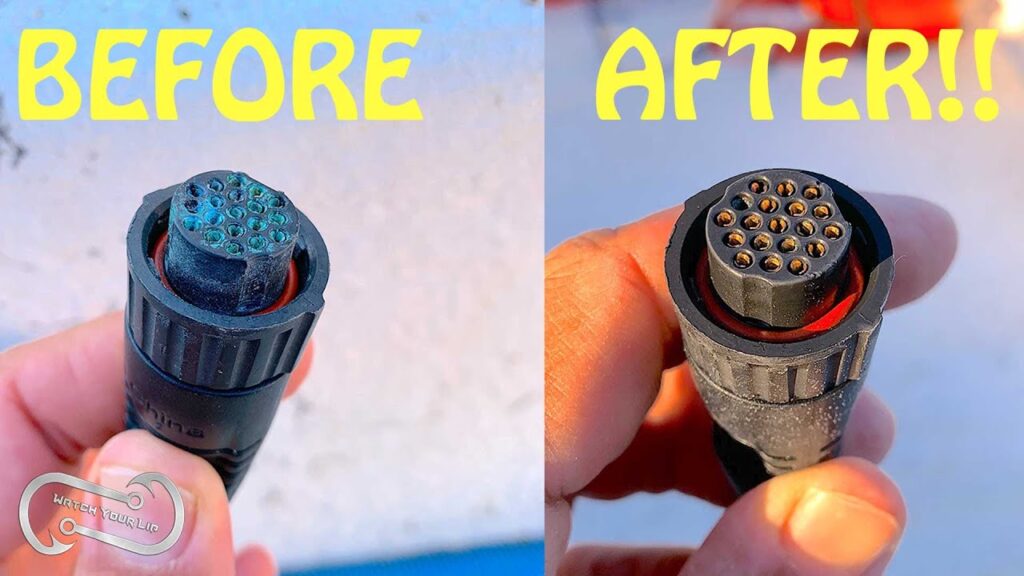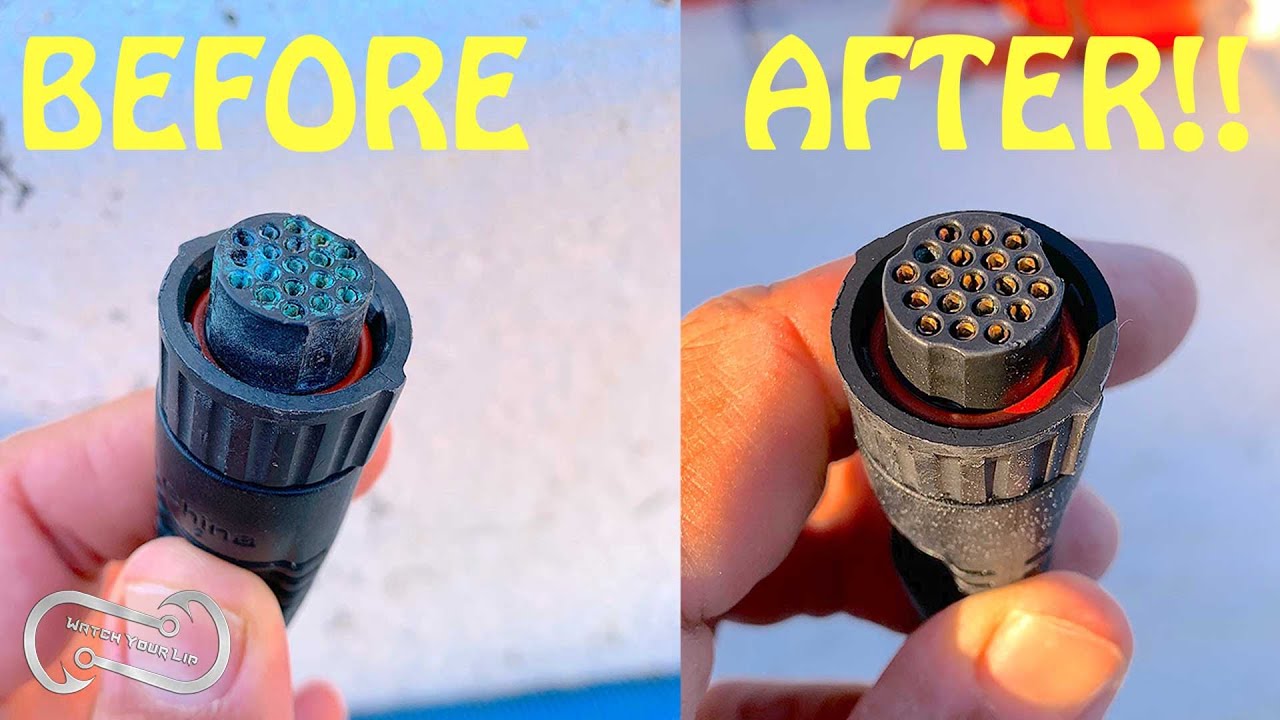
Cleaning Automotive Electrical Connectors: A Comprehensive Guide
Automotive electrical connectors are the unsung heroes of your vehicle’s intricate network, ensuring seamless communication between various components. Over time, these connectors can succumb to corrosion, dirt, and debris, leading to a host of electrical problems. Knowing how to properly clean automotive electrical connectors is crucial for maintaining your vehicle’s performance and preventing costly repairs. This guide provides a comprehensive overview of the process, from identifying the need for cleaning to the best practices for ensuring long-lasting results. Maintaining clean automotive electrical connectors is essential for optimal vehicle performance.
Why Clean Automotive Electrical Connectors?
Before diving into the how-to, let’s understand why cleaning these connectors is so important. Automotive electrical connectors are responsible for transmitting signals and power throughout your vehicle. When these connections become corroded or dirty, they can cause a variety of issues:
- Intermittent Electrical Problems: Flickering lights, erratic sensor readings, and inconsistent engine performance.
- Reduced Performance: Poor connections can limit the flow of electricity, impacting the performance of components like fuel injectors and ignition coils.
- Increased Fuel Consumption: Faulty sensor readings due to dirty connectors can lead to incorrect fuel mixtures, reducing fuel efficiency.
- Starting Problems: A corroded starter motor connection can prevent your car from starting altogether.
- Component Failure: Over time, poor connections can lead to overheating and premature failure of electrical components.
Regular cleaning of automotive electrical connectors can prevent these issues and extend the life of your vehicle’s electrical system. Think of it as preventative maintenance for your car’s nervous system. Keeping those automotive electrical connectors clean will save time and money in the long run.
Identifying the Need for Cleaning
How do you know when your automotive electrical connectors need cleaning? Look for these telltale signs:
- Visible Corrosion: Green or white deposits on the connector terminals are a clear indication of corrosion.
- Loose Connections: If the connector feels loose or doesn’t snap firmly into place, it may be corroded or damaged.
- Electrical Malfunctions: As mentioned earlier, intermittent electrical problems are often a sign of dirty or corroded connectors.
- Diagnostic Trouble Codes (DTCs): Scan your vehicle’s computer for DTCs related to sensors or actuators. These codes can sometimes point to connector issues.
If you notice any of these signs, it’s time to inspect and clean your automotive electrical connectors. Ignoring these symptoms can lead to more serious problems down the road. Consider cleaning automotive electrical connectors as part of your routine vehicle maintenance.
Tools and Materials Needed
Before you start cleaning, gather the necessary tools and materials:
- Electrical Contact Cleaner: A specialized cleaner designed to dissolve corrosion and dirt without damaging electrical components. CRC and DeoxIT are popular brands.
- Small Brushes: A set of small brushes, such as acid brushes or toothbrush, for scrubbing away corrosion.
- Dielectric Grease: A non-conductive grease that protects connectors from moisture and corrosion after cleaning.
- Compressed Air: For blowing away loose debris and drying the connectors.
- Small Screwdrivers or Picks: For disconnecting connectors and removing stubborn corrosion.
- Safety Glasses and Gloves: To protect your eyes and skin from chemicals and debris.
- Multimeter (Optional): For testing the continuity of the connection after cleaning.
Having the right tools will make the cleaning process much easier and more effective. Don’t skip on safety gear; protecting yourself is paramount. Using proper tools when cleaning automotive electrical connectors is important for a successful outcome.
Step-by-Step Cleaning Process
Now, let’s walk through the step-by-step process of cleaning automotive electrical connectors:
- Disconnect the Connector: Always disconnect the connector from its component before cleaning. This prevents accidental electrical shorts and ensures a thorough cleaning.
- Inspect the Connector: Examine the connector for visible corrosion, damage, or loose wires. Note any issues that need to be addressed.
- Apply Electrical Contact Cleaner: Spray the electrical contact cleaner liberally onto the connector terminals and inside the connector housing. Allow it to soak for a few minutes to dissolve the corrosion.
- Scrub the Terminals: Use a small brush to scrub away any remaining corrosion or dirt from the terminals. Pay close attention to the contact points.
- Rinse with Contact Cleaner: Spray the connector again with contact cleaner to rinse away any loose debris.
- Dry the Connector: Use compressed air to dry the connector thoroughly. Make sure there is no moisture left inside the housing.
- Apply Dielectric Grease: Apply a small amount of dielectric grease to the connector terminals. This will protect them from moisture and corrosion and improve the connection.
- Reconnect the Connector: Reconnect the connector to its component, ensuring it snaps firmly into place.
- Test the Connection (Optional): Use a multimeter to test the continuity of the connection. This will verify that the cleaning was successful.
Following these steps carefully will ensure that your automotive electrical connectors are clean and functioning properly. Remember to take your time and be thorough. Cleaning automotive electrical connectors properly requires patience and attention to detail.
Specific Connector Types and Considerations
While the general cleaning process is the same for most automotive electrical connectors, there are some specific types that require extra attention:
Weatherpack Connectors
Weatherpack connectors are designed to be waterproof and are commonly used in engine compartments and other areas exposed to the elements. When cleaning these connectors, be sure to inspect the seals for damage and replace them if necessary. Also, ensure that the dielectric grease is applied properly to maintain the waterproof seal.
Deutsch Connectors
Deutsch connectors are heavy-duty connectors often used in industrial and off-road applications. These connectors are typically more robust than Weatherpack connectors, but they can still be susceptible to corrosion. When cleaning Deutsch connectors, use a more aggressive brush and cleaner if necessary, but be careful not to damage the terminals.
Multi-Pin Connectors
Multi-pin connectors, such as those used for engine control units (ECUs) and instrument clusters, can be particularly challenging to clean. These connectors have a large number of small terminals, making it difficult to access and clean each one individually. Use a small, flexible brush and plenty of contact cleaner to ensure thorough cleaning. Consider using a magnifying glass to inspect the terminals for corrosion.
Understanding the specific characteristics of different connector types will help you tailor your cleaning approach and achieve the best results. Different automotive electrical connectors require different levels of care and attention during the cleaning process. Being aware of these differences ensures a successful cleaning outcome.
Preventative Maintenance Tips
In addition to regular cleaning, there are several preventative maintenance tips that can help keep your automotive electrical connectors in good condition:
- Use Dielectric Grease: As mentioned earlier, dielectric grease protects connectors from moisture and corrosion. Apply it to all connectors after cleaning and periodically as needed.
- Inspect Connectors Regularly: Check your connectors for signs of corrosion, damage, or loose connections during routine maintenance.
- Protect Connectors from the Elements: If possible, protect connectors from direct exposure to water, dirt, and salt. Use protective covers or relocate them to a more sheltered location.
- Avoid Overloading Circuits: Overloading electrical circuits can generate excessive heat, which can damage connectors and other components. Make sure your vehicle’s electrical system is properly fused and wired.
- Properly Route Wiring: Ensure that wiring is properly routed and secured to prevent chafing and damage to connectors.
By following these preventative maintenance tips, you can extend the life of your automotive electrical connectors and minimize the risk of electrical problems. Think of preventative maintenance as an investment in your vehicle’s long-term reliability. Simple steps can significantly extend the lifespan of your automotive electrical connectors.
Troubleshooting After Cleaning
Even after cleaning, you may still experience electrical problems. Here are some troubleshooting tips:
- Check for Loose Connections: Make sure all connectors are securely connected and that the terminals are making good contact.
- Inspect Wiring: Look for damaged, frayed, or corroded wiring near the connectors.
- Test for Continuity: Use a multimeter to test the continuity of the circuit. This will help you identify any breaks or shorts in the wiring.
- Consult a Professional: If you’re unable to resolve the problem yourself, consult a qualified mechanic or electrician.
Don’t be discouraged if you still encounter issues after cleaning. Troubleshooting electrical problems can be complex, but with patience and persistence, you can usually find the source of the problem. Sometimes, professional help is needed to diagnose and repair complex electrical issues related to automotive electrical connectors.
Conclusion
Cleaning automotive electrical connectors is a simple but essential task that can significantly improve your vehicle’s performance and reliability. By following the steps outlined in this guide, you can keep your connectors clean, prevent electrical problems, and extend the life of your vehicle’s electrical system. Remember to use the right tools and materials, take your time, and be thorough. Regular maintenance, including cleaning automotive electrical connectors, is key to a healthy and reliable vehicle. Clean automotive electrical connectors contribute to a smoother and more efficient driving experience. So, roll up your sleeves, grab your tools, and give your automotive electrical connectors the attention they deserve. With proper care, your vehicle’s electrical system will continue to function flawlessly for years to come. Investing time in cleaning automotive electrical connectors is an investment in your vehicle’s future.

